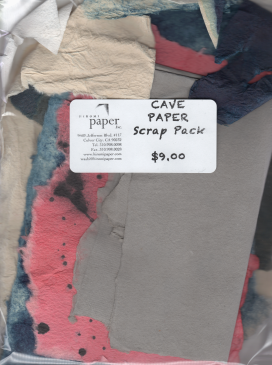Founded in 1973, Twigs Fabrics and Wallpaper specializes in handmade textiles and wallpapers inspired by 18th and 19th century decor. Founder, owner and creative mastermind Arthur Athas embarked on this path in Boston where he was still attending art school. Twigs’ first major project was in 1977, commissioned by The Metropolitan Museum of Art to reproduce “The Monuments of Paris” wallpaper (originally made in early 1800s). The museum requested a panoramic wallpaper to use in their exhibition room, taking a team of artists two years to produce the drawings and over a thousand silkscreens to finish the printing. After many years of working on numerous large scale projects (even at the White House!), Arthur and his partner Rick decided to scale down to a two-person team in their production studio in Culver City.

About ten years ago, Arthur began using rolls of Japanese papers for his wallpapers, because of their durability and their texture that adds to Twigs’ handmade feel. By using a paper that is a blend of kozo and cotton/hemp, the paper is strong enough to withstand multiple layers of silkscreen, hand-painting and dyes. Noticeably, there are no machines in the Twigs studio, because no part of their process requires them. The papers or fabrics are laid out on their long tables, where all of the printing, painting and dyeing magic happens. Even the dyes are made by hand in the outdoor patio area, carefully concocted by Rick’s visual senses and 27 years of experience.

Though struggling to adjust to the ever changing tastes and interests in the decor/design realm, Arthur has never let his artistic vision be blurred. He still keeps an aged poster of the Villa Foscari – La Malcontenta (villa near Venice, Italy) on his studio wall, as a constant reminder of what had initially sparked him to start this now niche business. Behind Twigs’ continued success in such a unique market is Arthur’s unwavering vision and passion for art and all things beautiful.





 Thin layers of
Thin layers of 




















